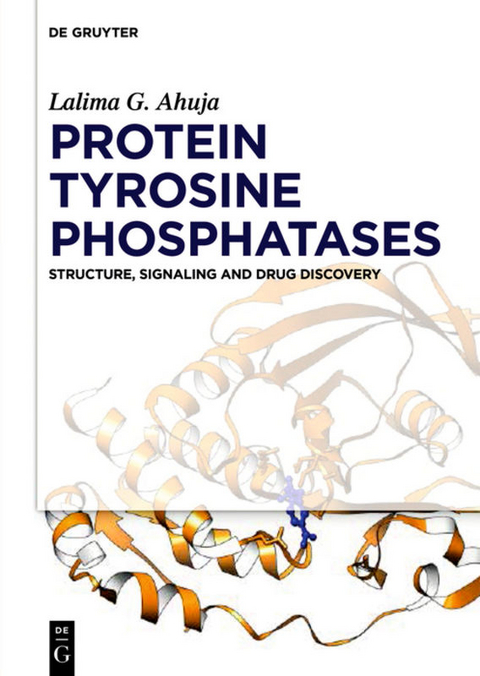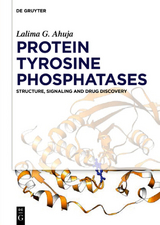Protein Tyrosine Phosphatases
Structure, Signaling and Drug Discovery
Seiten
Protein tyrosine phosphatases remove phosphates from the phosphotyrosine residues of target proteins and reverse the action of various protein tyrosine kinases. This essential interplay between the opposing actions of protein tyrosine phosphatases and protein tyrosine kinases forms the basis of signaling networks that underlie the cellular workings of human physiology. Initially passed-off as housekeeping genes; these proteins were only acknowledged to maintain a steady background of phosphotyrosine levels in the cell. However, recent progress in studying their role in embryonic development and human disease has established their importance as regulators of signal regulation. Convincing evidence shows the role of mutations in these proteins to cause and/or intensify the severity of various diseases including metabolic and neurological disorders and also cancer. Protein tyrosine phosphatases have slowly, yet convincingly become crucial targets for therapeutic intervention of various human pathophysiologies. This book describes these signaling enzymes using the molecular details of their structure and mechanistic function. Various subtypes of cysteine-based Class I, II, III and the Haloacid dehalogenase related Class IV protein tyrosine phosphatases have been illustrated and explained. The superfamily of proteins is also described vis-a-vis its complimentary protein phosphoserine/phosphoserine phosphatases. Membrane bound receptor forms and the cytosolic non-receptor protein tyrosine phosphatases have been described for their biological function. This book serves as a reference for any reader looking to understand the sequence features, structural elements, molecular mechanism and cellular function of this superfamily of signaling enzymes.
Lalima G. Ahuja, UC San Diego, San Diego, CA, USA.
- Tyrosine Phosphorylation in Cell Signaling: Discovery and Beyond
- Protein Tyrosine Phosphatase Super-Family of Proteins
- The PTP-Fold: Conserved Structure and Enzyme Mechanism
-The Bi-Domain RPTPs
- Modes of PTP Regulation Seen in Signaling
- Role of PTPs in Metabolism: PTP1B as the Prototype
- RPTPs in the Immune System: Special Role of CD45
- RPTPs in Axon Guidance
- Approaches to Study PTPs in Live Cells
- Role of PTPs in Host-Pathogen Interactions: Prokaryotic PTPs
- PTP Inhibitors in Drug Discovery: Conservative Approaches and New Frontiers
| Erscheinungsdatum | 09.10.2018 |
|---|---|
| Zusatzinfo | 100 b/w ill., 15 b/w tbl. |
| Verlagsort | Berlin/Boston |
| Sprache | englisch |
| Maße | 170 x 240 mm |
| Gewicht | 693 g |
| Themenwelt | Naturwissenschaften ► Biologie ► Biochemie |
| Naturwissenschaften ► Chemie | |
| Schlagworte | Biochemie • biochemistry • drug design • medicinal chemistry • Medizinische Chemie • Phosphatasen • Protein / Eiweiß • Protein Phosphorylation Signaling Tyrosine Phospha • Protein Phosphorylation Signaling Tyrosine Phosphatases Obesity Cancer Signaling Growth Signaling PTP1B RPTP CD45 Reactive Cysteine Insulin Signaling Drug Discovery Redox Regulation of Enzymes • Protein Tyrosine Phosphatase • Proteintyrosinphosphatase • Signalling Proteins • Signalproteine • Wirkstoffdesign |
| ISBN-10 | 3-11-042643-9 / 3110426439 |
| ISBN-13 | 978-3-11-042643-4 / 9783110426434 |
| Zustand | Neuware |
| Informationen gemäß Produktsicherheitsverordnung (GPSR) | |
| Haben Sie eine Frage zum Produkt? |
Mehr entdecken
aus dem Bereich
aus dem Bereich
Buch (2024)
TvR Medienverlag Jena
CHF 37,80




